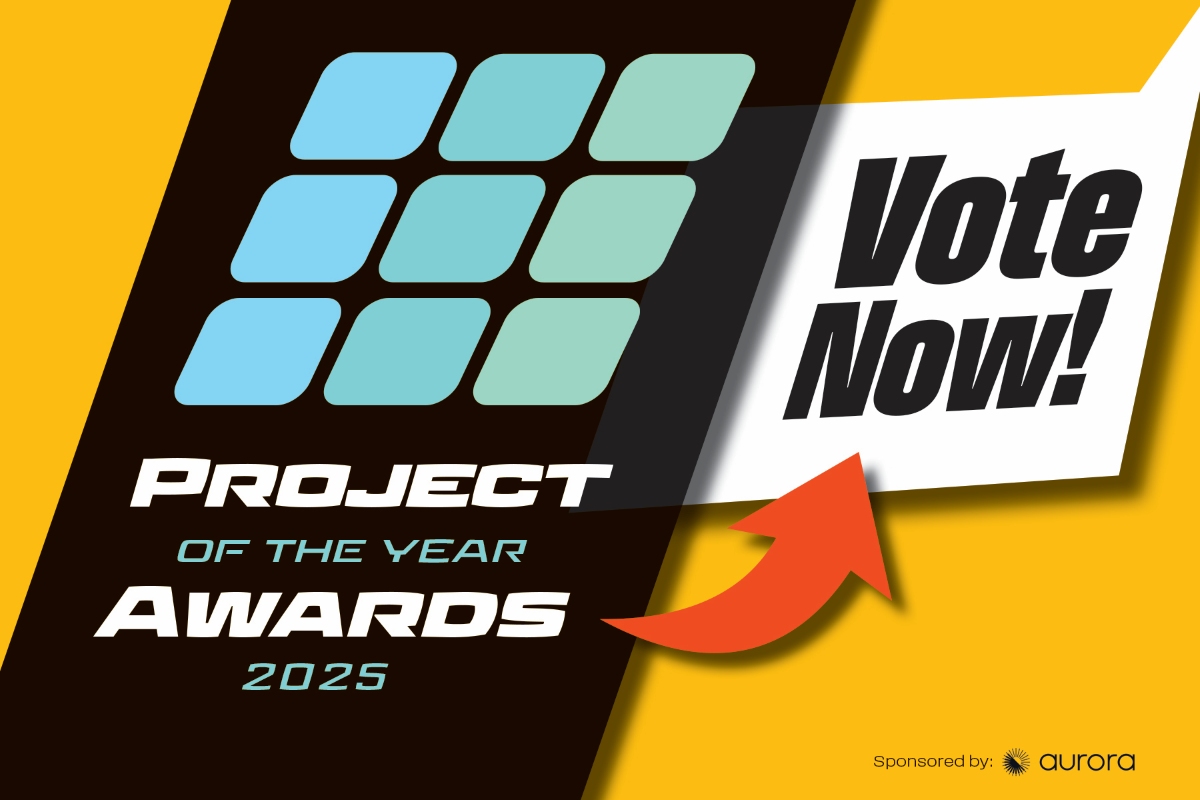Midwest anomaly no more: Iowa solar installers adapt after lawmakers let tax credit expire

Via Energy News Network: Iowa solar installers say the expiration of a state solar tax credit could make solar panels a tougher sell for residential and small business customers. The Iowa Legislature adjourned last month without extending the state’s popular solar tax credit, which is scheduled to sunset at the end of the year.
The program has had a growing waitlist in recent years as demand has outstripped a $5 million annual cap put in place by lawmakers. More than 750 customers who have already applied are now unlikely to receive the incentive. The program’s future was unclear for years, and some solar installers had already started to change their sales pitches to customers, emphasizing benefits such as self-sufficiency and resilience instead of long-term cost savings.
“Now, we just talk up the benefits of the system,” said Andrew Fisher, a solar energy specialist with 1 Source Solar. “It’s more about creating energy on your own and energy security. We’re ramping up battery systems for backup.”
The state solar tax credit, the only one in the Midwest of 10 across the country, according to the North Carolina Energy Technology Center, took effect in 2012. Although the tumbling cost of solar panels in recent years undoubtedly has factored into the growth of distributed solar in the state, the Iowa tax credit “definitely has been an influential factor,” said Lewis Butler, sales director at Simpleray and president of the Iowa Solar Energy Trade Association. “Especially on the residential side, it’s played a huge role.”
Distributed solar capacity has multiplied more than 100-fold since the credit’s introduction. According to figures compiled by the trade association, it grew from about 1.3 MW at the start of 2012 to 24 MW at the end of 2014, the year the Iowa Legislature tripled annual funding for the credit from $1.5 million to $4.5 million. The following year the state nudged yearly funding to $5 million.
Installed distributed solar capacity now stands at about 154 MW.
A bill recently before the legislature would have doubled the funds available each year from $5 million to $10 million. It also would have paid the credits due to the 2,000 homeowners and businesses on a waiting list who installed solar arrays with the expectation of a state credit set at 11% this year.
The state’s revenue department projects that it will not have the money to pay about $2.5 million it owes to 760 homeowners who’ve invested in solar panels.
Extending and expanding the credit, and decoupling it from the federal credit, was a high priority for Iowa’s solar industry and clean energy advocates. Although one House subcommittee endorsed the language, it never got a floor vote in either chamber.
The decision to let the credits lapse comes amid a broader debate among Iowa lawmakers about tax credit reform. There was no particular opposition, according to Kerri Johannsen, energy program director for the Iowa Environmental Council. She said it simply didn’t rank high enough relative to other issues.
The credit’s fate has grown increasingly uncertain over the past several months, and some solar installers and potential customers have been readying themselves for its termination.
The sales force at Eagle Point Solar has been cautioning inquirers for a few months not to count on a tax credit. As of May 1, Eagle Point stopped including a state tax credit when calculating the cost and payback time for potential customers.
Iowa installers have been looking beyond the state borders to compensate for business losses at home. From his perch in Dubuque, just across the Mississippi River from both Illinois and Wisconsin, Eagle Point co-owner Larry Steffen said he “absolutely” is looking for additional work in those states (though neither Illinois nor Wisconsin offers solar tax credits).
Projects with large bills may hardly feel the loss of the state credit, installers said. Because the credit has been capped at $5,000 for residential and $20,000 for commercial jobs, the loss of the credit will hardly be noticeable given the finances of a half-million dollar solar installation.
Homeowners and those with small businesses will notice, though. A four or five-kilowatt project for a home or small retail outlet typically would get about a $2,000 state credit.
Already, “our Iowa customers are… tapping on the brakes a bit,” Steffen said.
The impact on the financials of solar also will vary with the power provider, Butler pointed out. Customers of the state’s largest utility, MidAmerican Energy, who pay less for power than customers of Alliant, likely will find that solar doesn’t pencil out as well without the credit, he said. Installers would be wise to “shift more resources to territories where the cost of energy is higher.”
The tax credit could be resurrected in next year’s legislative session. Johannsen thinks it’ll depend on how much legislators hear from constituents.
Author: Karen Uhlenhuth spent most of her career reporting for the Kansas City Star, focusing at various times on local and regional news, and features. More recently, she was employed as a researcher and writer for a bioethics center at a children’s hospital in Kansas City. Karen covers Iowa, Missouri, Kansas, Nebraska, North Dakota and South Dakota.





Comments are closed here.